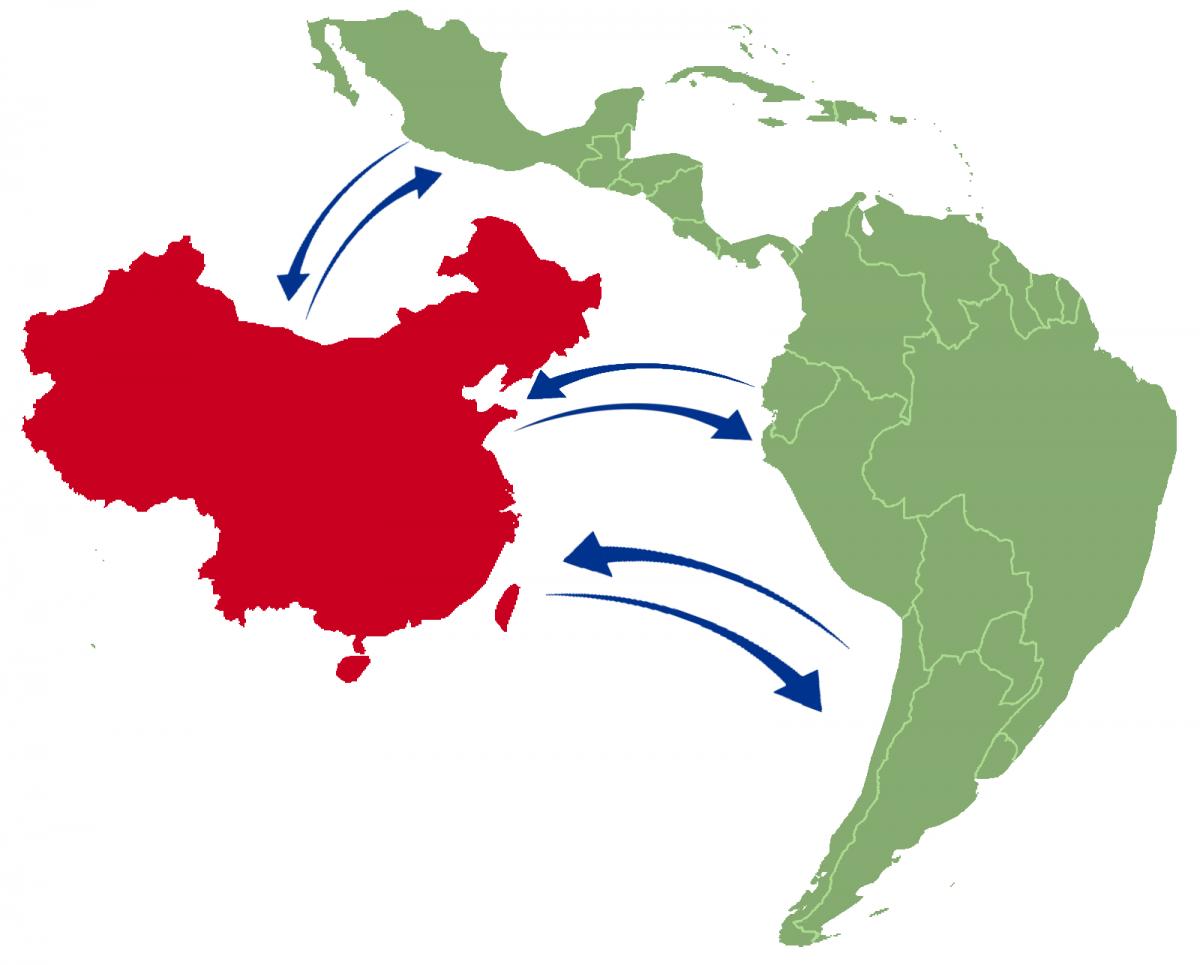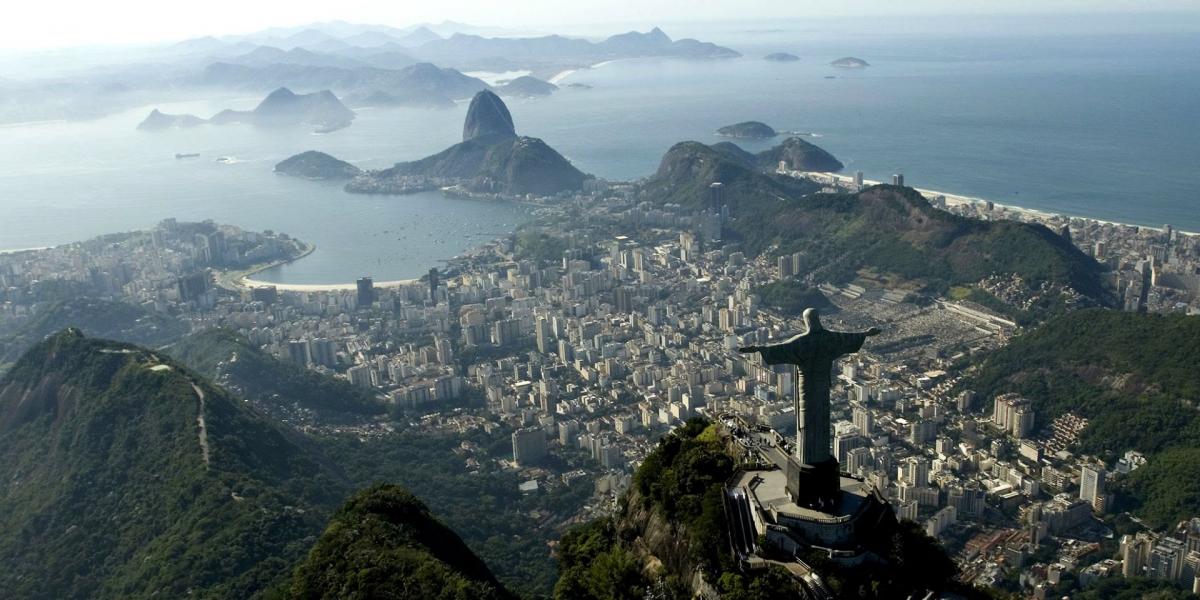IP protection for Chinese companies in Latin America

The presence of Chinese companies in South and Central American countries began to develop around 2000.
However, it was especially after 2009 that presence in Latin America started growing significantly through capital outflows in the form of infrastructure projects, financing and Foreign Direct Investment.
In these years, China has become one of the main trading partners of Latin America.
In the first nine months of 2018 for example, China's trade with Latin American countries grew by 20% year-on-year to US $229.6 billion.
Moreover, with Chinese consumer goods growing fast nowadays in each market all over the world this is precisely a crucial moment for Chinese companies aiming to develop their business in South and Central America to carefully evaluate the protection of their intellectual property rights in this region.

In this context, protection of intellectual property in all Latin America countries has been greatly reinforced through the Inter-American association for Intellectual Property (“ASIPI”).
ASIPI is a non-profit association whose main objective is to promote in the American countries the development and harmonization of laws, regulations and procedures relating to industrial and intellectual property in relation to trade.
In regards to the specific protection of trademarks that can be taken in Central and South America the most common way is to file a national trademark application before the national office of the country we can beinterested in.
In addition, nowadays Mexico, Colombia and Cuba are already state members adhered to the Madrid Agreement and Brazil is also in the process to join this international Arrangement.
The Madrid Agreement is an international treaty which governs the Madrid System for the International Registration of Marks.
The system makes it possible to protect a mark in a large number of countries by obtaining an international registration that has effect in each of the designated Contracting Parties.
Therefore, any international application filed by an individual or company before the International Office via the Madrid System can directly designate those 3 Latin American countries aimed to protect their trademarks there.
Thus, once processed by the International Office the application for registration will be sent to the national offices of those countries to initiate the standard registration proceedings for each region.

Nevertheless, as highly recommendable for reach jurisdiction the Latin American countries are not an exception.
And conducting a previous assessment and preliminary search will help individuals and companies to define the most appropriate approach for the protection of their distinctive signs regardless of the country.
Laura Hernandez
HFG Law&Intellectual Property


